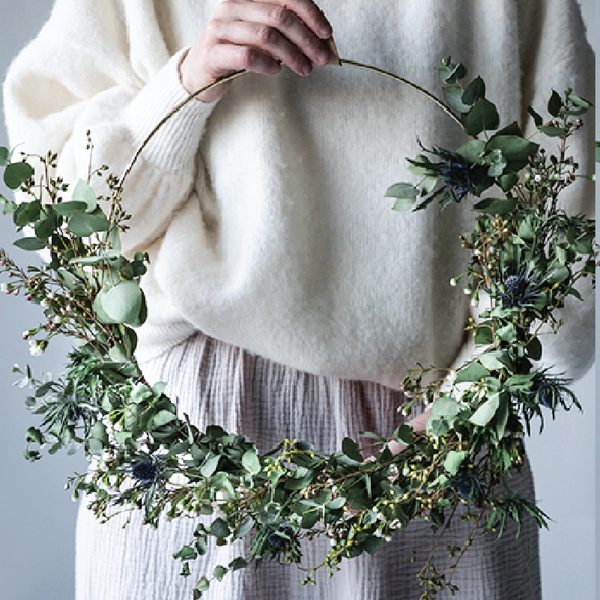June 04, 2013

Ever feel like your home needs a little more 'life'? Living, breathing houseplants radiate life and vibrancy. In this DIY, the world of living plants and lighting collide. There are dedicated plant or flower pot lamp making kits available to make this an easy and safe project. The hardest part for some may be keeping the plant alive! But I have some tips for that, too.


Mark the center of the base of your container. Attach the diamond drill bit and start drilling. Tip: drilling through glass is hard work and you'll need to keep the tip cool and lubricated with water. Pause every couple of minutes to splash on some fresh water. You'll notice in these photos white stuff... that's ground-up glass. This can be quite a long process, especially if the glass is thick. Don't get so impatient that you try and force it at the end and smash through the whole thing and ruin it. (bitter? me?)

Here are all the goodies that are in the Flower Pot Lamp Kit. The instructions lack detail so I'll walk you through it!

Start by threading on a washer, then a locknut, to the pipe. Push the pipe into your container and then thread on another washer and locknut. Tighten on both ends.

Pro Tip: At this point, you'll want to waterproof your container. Some water may seep in between the hole and the washers. I caulked around the fittings both inside and outside the vase. Water and electricity don't mix well...
If you've wired a lamp before, this will be easy for you. If it's your first time, follow the steps below (it'll be easy for you too!)

Thread on the harp base and the bottom of the socket. Separate the two wire ends and create an 'underwriters knot', a compact knot that allows the wires to sit snugly in the socket. See how the two wires are slightly different - one has ribs on the outside and one is smooth.
Grab the main part of the socket and wrap the end of the ribbed (neutral) wire clockwise around the silver screw terminal. You may need to loosen the screw first. Wrap the end of the smooth (hot) wire around the brass screw terminal. Tighten the screws so all the wire is under the screw head.
Insert the outer socket shell with its cardboard liner on top. Snap the outer shell in place over the socket base by twisting and jiggling. You'll know it's in place when you hear some clicks and it feels secure.
Thread the socket base onto the pipe.
Done!

Squeeze the ends and place between the two prongs in the harp bottom.

Add a layer of rocks or broken pottery to the bottom of the vase. This provides the plant with drainage and the added benefit of keeping your lamp more stable. Add some potting mix until you have a level layer. Then add a layer of the charcoal, about a half inch. How does charcoal help? It improves drainage and absorbs salts and other nasties that accumulate in low-drainage plant situations.

The final step is to add another layer of potting mix. Plant your chosen plant and water it in.



Join Our Community of Creatives!
Sign up to our mailing list to receive project ideas, giveaways + discount codes!